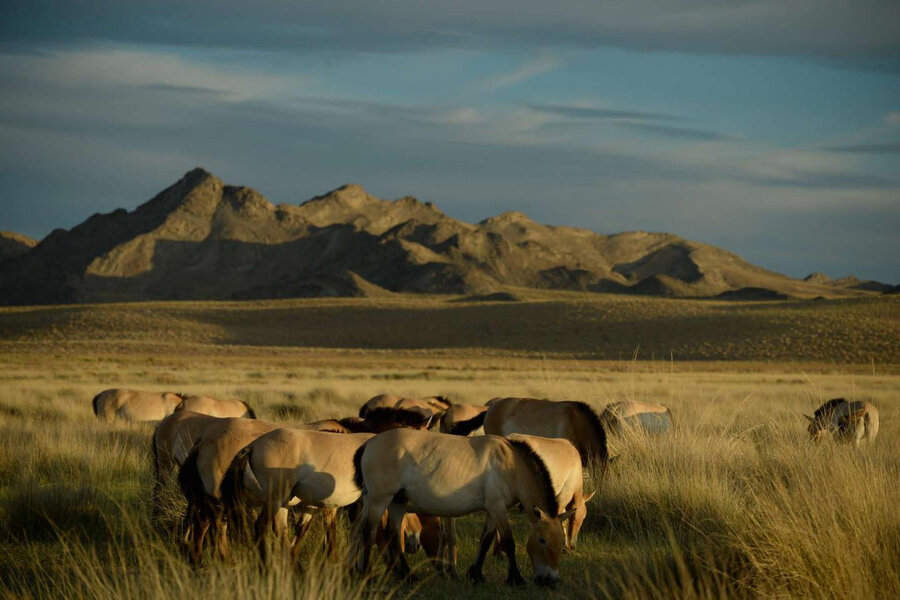Wild horse genome reveals hidden costs of domestication
Loading...
The world’s last wild horses, the Przewalksi’s horses, might help us understand the effect domestication has on a genomic scale.
Przewalksi’s horses, discovered in the 1870s in the Asian steppes, are the planet’s closest thing to wild horses. They faced extinction, but due to a committed conservation effort in the 1960s, more than 2,000 individuals remain. Most of them are living in reintroduction reserves.
A research team, including Ludovic Orlando of the University of Copenhagen’s Natural History Museum of Denmark, sequenced the complete genomes of eleven of the remaining wild horses and five historical, museum specimens. They compared them to the genomes of 28 domesticated horses. In this way the team is able to “assess the genetic impact of more than 100 years of captivity in what used to be a critically endangered animal,” as Dr. Orlando told Sci-News.
The findings, which are published by in the journal Current Biology, show that 110 years of captivity have had a negative impact on the Przewalksi horses. The horses had lower genetic diversity and increased inbreeding. They also had signs of domesticated genes, hinting that domesticated horses might have mixed with the breed.
The greatest genetic differences between domesticated and wild horses appeared to involve metabolism, cardiac disorders, behavior, reproduction, muscle contraction, and signaling pathways, according to a press release.
Orlando did have some good news for the horses: "Even though Przewalski's horses went through an extreme demographic collapse, the population seems to recover, and is still genetically diverse… There is, thus, hope for endangered populations, fighting similar demographic issues."
This study is the latest in Orlando’s quest to map out the genetic changes of domestication. In 2014, he conducted a similar study investigating which genes were favored as horses turned from wild animals to humans’ companions.
As Arne Ludwig of the Leibniz Institute for Zoo and Wildlife Research told Reuters in response to Orlando’s last study, “Comparing ancient genomes to modern genomes is tricky.”








